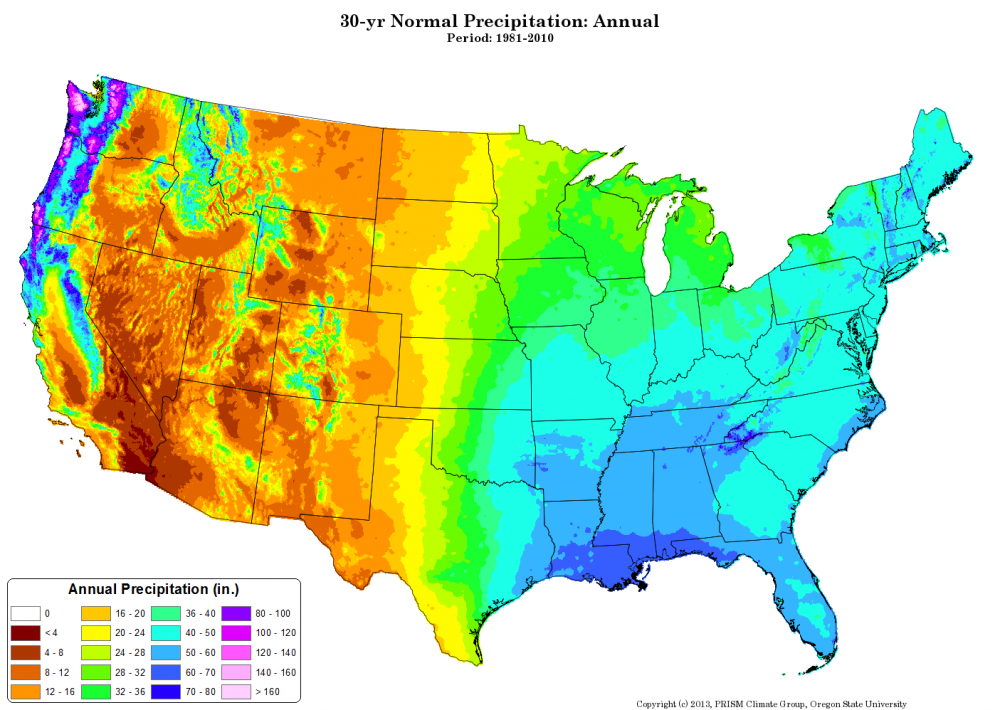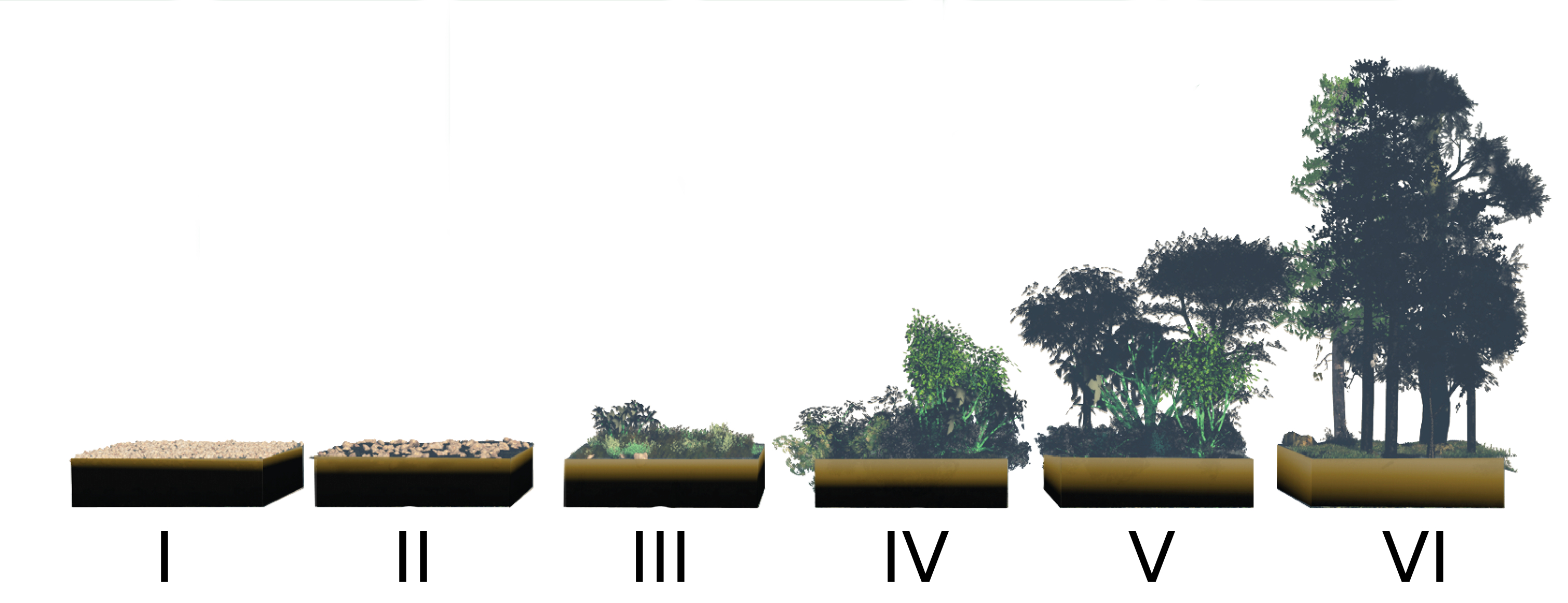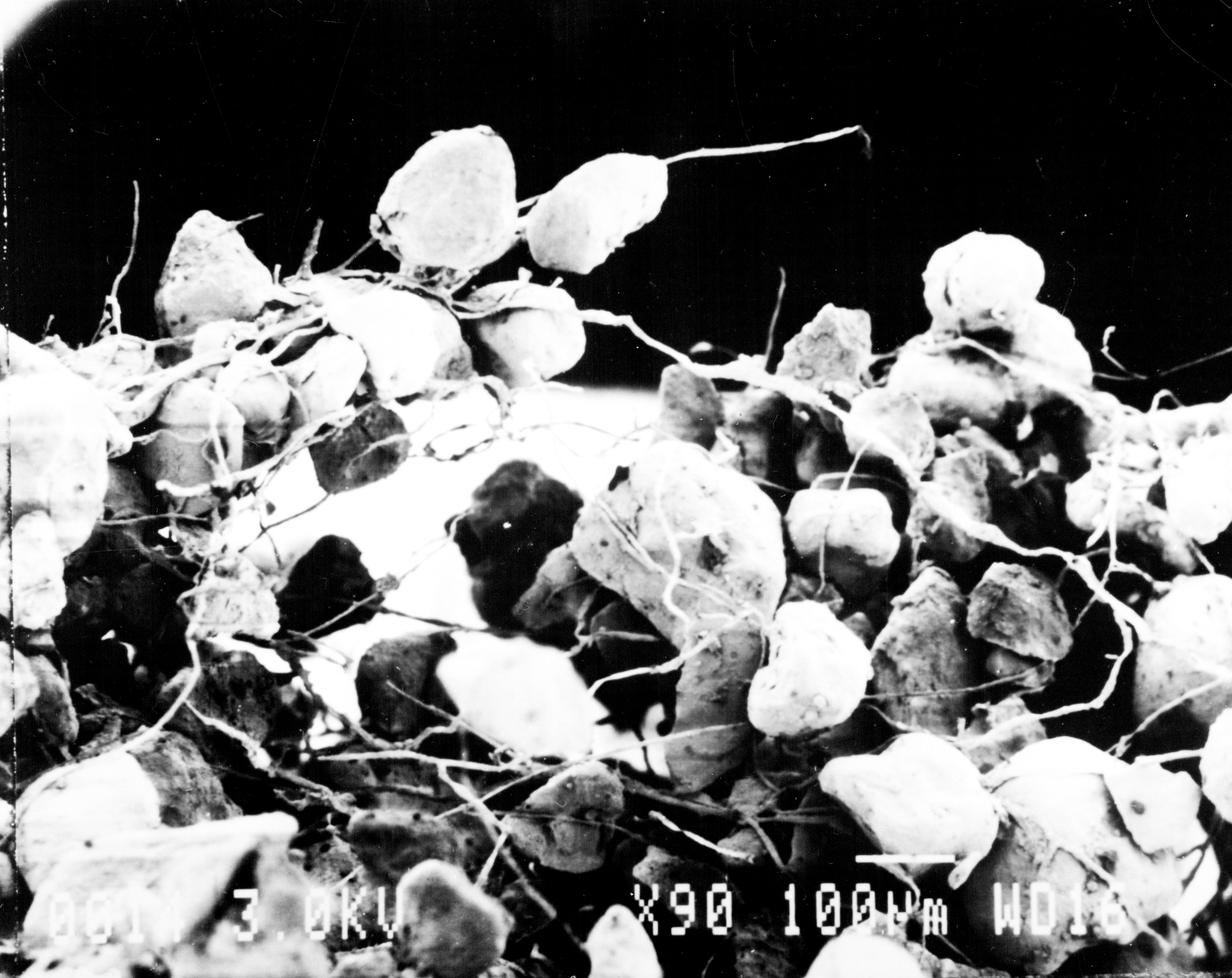Understanding microbial succession is important because microbial communities harbor enormous amounts of unknown species and undescribed diversity. These organisms play critical roles in ecosystems, but we lack a basic understanding of how they change over time. Below are some questions we hope to answer.
How does the speed of microbial succession vary with climate?
Temperature and precipitation may be very important in determining the speed at which microbes can colonize an environment. We predict that warmer and wetter climates will provide water and energy needed for microbes to accumulate more quickly. But microbes need more than just light and water to survive, they need nutrients too. Therefore, we predict that even the warmest and wettest sandboxes will rely on nutrient-producing bacteria to help pave the way for future microbial colonists.
Are patterns in microbial community succession predictable?
Sometimes succession may follow extremely predictable patterns for example, the microbes that colonize cheese are carefully controlled to produce the same exact cheese every time. In other cases the path of succession is very dependent on the founders, or first pioneers. Pioneer species may make an environment more or less inhabitable for those who follow them. We are very interested to know how important these pioneers are in shaping succession in our sandboxes.
 What types of microorganisms are the most effective colonizers of new environments?
What types of microorganisms are the most effective colonizers of new environments?
We are curious to know what makes a good microbial pioneer. Are the pioneers fast growers? Clever builders? Creative and resourceful inventors? Do they specialize in only in survival skills or can they thrive in many environments? The picture here shows photosynthetic Cyanobacteria wrapped around sand grains, these are among the bacteria we think will be the earliest colonizers.
